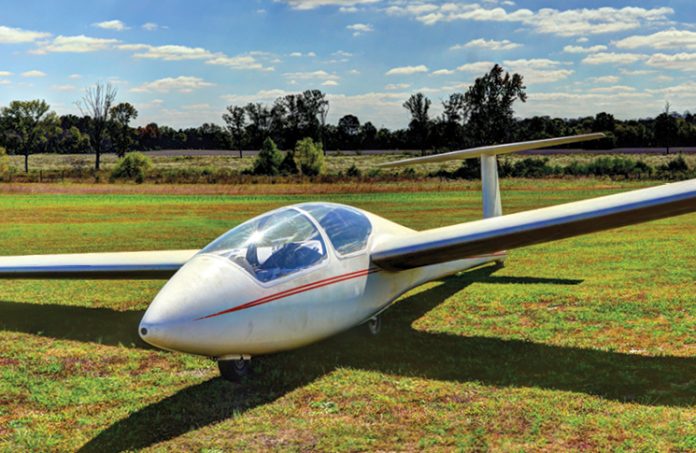A gliding incident was the culmination of factors, including ergonomics, maintenance and pilot action.
I had over 250 hours of gliding, including an infrequent 12 hours on our fibreglass 19-metre T59D Kestrel sailplane with a lift-to-drag radio of 44:1.
Over the last few years, the aerodrome had been undergoing extensive improvements which, because of dust problems on our new strips, had forced us to move operations back to what was left of our old east-west strip.
At the eastern end, the extended centreline area consisted of a few trees, stumps, barbed wire fences and stock (probably power lines as well). We always seemed to operate with a crosswind because only one strip was available.
On the day of the incident, I completed the daily inspection on the Kestrel and advised the pilot of our Pawnee tug I wanted to line up diagonally across the strip to reduce the crosswind and because there was a clear area nearly beneath this take-off path, in case of emergency.
I climbed into the Kestrel and carried out my checks, making doubly sure the adjustable rudder pedals were locked. These had slipped forward once before after a couple of hours in the air.
I used the controls vigorously during the launch due to the gusty crosswind (at least I hope it wasn’t my flying) and, at a height of about 60 feet and almost over the upwind boundary, the rudder pedals ‘let go’ and moved forward out of reach.
My first thought was to forget it but, being so low and bumpy, I decided I wanted full control. I looked down, identified the black adjustment handle, leaned forward slightly and moved my hand across and down. Because I was low and didn’t want to keep my head in the cockpit too long, I looked out to adjust my station, felt the handle and pulled it. There was a metallic clank and the tow plane immediately began to get smaller and accelerate away.
After calling myself a ‘dickhead’ and a few other choice names, I almost started a turnback.
I didn’t have to look down to see what had happened. This Kestrel has its tow release and pedal adjustment handles (of exactly the same design) mounted side by side, with the tail parachute jettison handle down on the radio console, where they were all squashed together between my ample thighs.
After calling myself a ‘dickhead’ and a few other choice names, I almost started a turnback. This would save embarrassment, hassle and the need for a retrieve. Fortunately, better judgment prevailed – must have been all those World War I movies I’ve seen where the commanding officer says, ‘Never turn back’.
I eased back on the stick to convert speed into height, eased in the take-off flap to make sure I cleared a road and fences and carried out a landing almost straight ahead. It was a rough ground run, with my head rat-a-tatting on the canopy, but I stepped out of an undamaged sailplane after a most exciting one-minute flight.
The paddock was too rough for aerotow so I went back and collected the trailer while someone else went for a crew. When opening the last gate, I noticed the scrubbiest looking herd of cattle suddenly start running towards me – they have thought they were going to be hand fed. Two or 3 were more than 1.8 metres tall! Being a city boy, I was a bit worried about their aggressive behaviour, so I hurled a few ‘cowburgers’ and choice insults at them but they didn’t move away until they realised there was no food forthcoming.
Then ensued a 90-minute toil in the heat to get the Kestrel apart and later together again. At 4:30 pm, we had finished and the day was gone. The Kestrel was checked and I was told the rudder pedal adjustment locking pin was burred and not seating properly at my setting.
Lessons learnt
I’m glad there was almost no decision to make because I realIy don’t think I would have been able to turn back successfully. As usual, this incident was caused by a series of events:
- failure to notify the engineer when the pedals ‘let go’ on me several weeks prior
- very short strip with ever-present crosswind
- poor cockpit ergonomics – same-feel handles placed centimetres apart and squashed together by legs. Most other gliders seem to have the cable release high on the left. This is where the parachute deploy (similar handle) is located on this Kestrel
- my haste to gain full control and not making sure I had the correct handle after looking at it
- I have never been a boy scout but their motto is worth thinking about – be prepared.
Have you had a close call?
Often the experience is something you’ll never forget and you’ve learnt a valuable lesson. Why not share your close call so others can learn from it too?
Articles should be between 500 and 1,000 words. Email fsa@casa.gov.au with your story or a request for a call back. If we publish your story, we’ll give you $500 for an article you’re written or $250 for a story over the phone.





